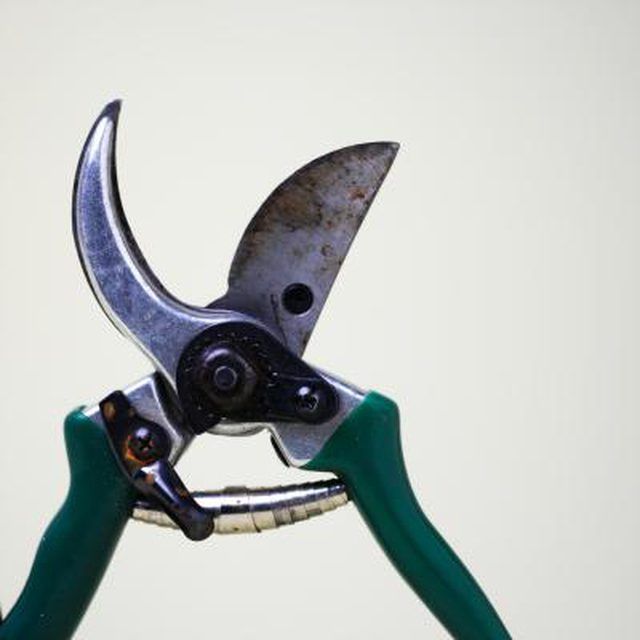Bulbs
Flower Basics
Flower Beds & Specialty Gardens
Flower Garden
Garden Furniture
Garden Gnomes
Garden Seeds
Garden Sheds
Garden Statues
Garden Tools & Supplies
Gardening Basics
Green & Organic
Groundcovers & Vines
Growing Annuals
Growing Basil
Growing Beans
Growing Berries
Growing Blueberries
Growing Cactus
Growing Corn
Growing Cotton
Growing Edibles
Growing Flowers
Growing Garlic
Growing Grapes
Growing Grass
Growing Herbs
Growing Jasmine
Growing Mint
Growing Mushrooms
Orchids
Growing Peanuts
Growing Perennials
Growing Plants
Growing Rosemary
Growing Roses
Growing Strawberries
Growing Sunflowers
Growing Thyme
Growing Tomatoes
Growing Tulips
Growing Vegetables
Herb Basics
Herb Garden
Indoor Growing
Landscaping Basics
Landscaping Patios
Landscaping Plants
Landscaping Shrubs
Landscaping Trees
Landscaping Walks & Pathways
Lawn Basics
Lawn Maintenance
Lawn Mowers
Lawn Ornaments
Lawn Planting
Lawn Tools
Outdoor Growing
Overall Landscape Planning
Pests, Weeds & Problems
Plant Basics
Rock Garden
Rose Garden
Shrubs
Soil
Specialty Gardens
Trees
Vegetable Garden
Yard Maintenance
How to Clean Secateurs
How to Clean Secateurs. Secateurs, a type of one-handed pruning shears, make short work of small trim jobs in the garden. Sharp, clean and well-oiled secateurs remain useful for many years, but dull blades and rusted spring mechanisms render the tool useless. Dirty shears can also harbor bacteria and disease organisms from infected plants....

Secateurs, a type of one-handed pruning shears, make short work of small trim jobs in the garden. Sharp, clean and well-oiled secateurs remain useful for many years, but dull blades and rusted spring mechanisms render the tool useless. Dirty shears can also harbor bacteria and disease organisms from infected plants. Continuing to use the secateurs without proper cleaning spreads these diseases to healthy plants. Wash your secateurs and other tools after every use and before storing them away for winter.
Things You'll Need
Dish soap
Cleaning rags
Fine-grit steel wool
Bleach
Pail
Lubricating oil
Sandpaper
Boiled linseed oil
Scrub sap and dirt from the blades and handles with a stiff brush. Use warm water and a squirt or two of mild dish soap for cleaning. Rinse the detergent from the blades with clear water.
Inspect the blades for rust. Use fine-grit steel wool to buff and rub off any rust spots on the blades.
Combine one part bleach with nine parts water in a pail. Submerge the blades in the bleach solution for three minutes. The bleach disinfects the blades, killing any lingering plant disease organisms. Wipe the blades dry with a clean cloth after disinfecting.
Dip a rag in a lubricant and rub a thin coat of oil on all the metal surfaces. Spray the hinge and spring mechanism with a spray lubricant.
Sand any rough areas from wood-handled secateurs using fine-grit sandpaper. Rub boiled linseed oil into wooden handles so they don't become dry, which can cause cracking and splintering.
Tips & Warnings
Store secateurs hanging up. Standing them on end against a wall can damage the blades.
Secateurs benefit from sharpening, as well as cleaning. Use a sharpening stone or file.